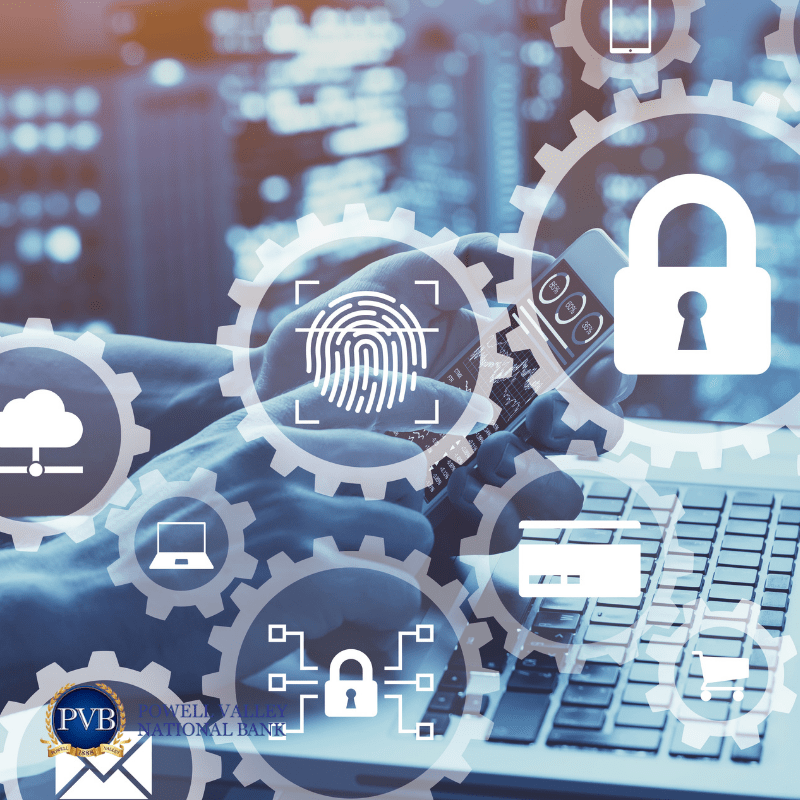Without technology, businesses and consumers would not have been able to stay connected amidst the global pandemic, Covid-19. At the same time, heavier reliance on interconnected systems opens businesses and consumers up to increased cyber security risks. On top of that, looming warnings of Russian cyberthreats mean that small and medium-sized businesses (SMBs) need to be extra vigilant.
Over 30% of SMBs At Risk Of Cyberattacks
According to a recent report from cybersecurity firm, CyberCatch, hackers specifically target SMBs because they tend to have less effective security measures than larger organizations. SMBs are less likely to be directly targeted by the current Russian cyber threats, however, in the event a large organization is targeted, SMBs connected to their platforms could be affected.
3 Biggest Cybersecurity Threats for SMBs
Spoofing
Approximately 33% of SMBs have fallen victim to spoofing attacks. According to the FBI, spoofing is when a cybercriminal disguises an email address, sender name, or website URL—often by changing just one letter, symbol, or number—to convince you that you’re interacting with a trusted, often well-known, source. The goal is to get you to click a link or attachment that will install malware on your device.
Sniffing
Specialized tools called packet sniffers can intercept data passing through networks in real-time. Sniffers can monitor email, web traffic, router configurations, FTP passwords, DNS traffic, and more looking for unprotected and unencrypted data like passwords or credit card info. Sniffing attacks most commonly occur across unsecured WiFi networks.
Clickjacking
Also known as a “UI redress attack”, clickjacking is when a cybercriminal interferes with the user interface (UI) of an actual website to trick users into clicking on something they don’t intend to. To accomplish this, the attacker hides transparent UI layers over a website’s normal UI. For example, a user intending to click a “Log In” button may actually be clicking an invisible button added by a hacker to install malware on the user’s computer or steal the user’s credentials. It’s possible for this to be set up so well that users have no idea anything unusual has happened.
Read More: Recognize and Avoid Business Email Compromise Cyber Threats
Mitigating Cybersecurity Threats for SMBs
Anti-malware software is a good place to start, but there’s more SMBs should do to minimize cyberthreats.
Educate and Limit Access
While humans are SMBs’ greatest assets, they’re also SMBs’ greatest security vulnerabilities. SMBs should educate their employees on how to identify and avoid potential threats, and administrative privileges should be granted only as needed.
Backup Valuable Data
Identify your most important data, and back it up on a regular basis so you can still access it in the event of an attack.
Encrypt Communications with a VPN
A virtual private network (VPN) should be used to encrypt incoming and outgoing communications.
Test Regularly
Test your systems (software, apps, and websites) and conduct network audits on a regular basis. A lot of testing can be performed internally, but there’s also value in hiring ethical hackers to identify holes in your security measures.
Patch and Update
Software updates often include critical security patches, so it’s crucial to keep your operating systems and software up-to-date.
Read More: How To Check For Updates On Android and iPhone
Avoid Public WiFi
It’s best to avoid public WiFi all together, but especially when working with sensitive data. Remote employees should be required to use secured WiFi networks.
Read More: Secure Travel Tips
Maintain a Response and Recovery Plan
In the event a cyberattack occurs, a prepared response is key. Your recovery plan should include updating passwords, access to backups, and more.
As SMBs get smarter about avoiding cyberattacks, cybercriminals will get smarter about creating them. Protect yourself and your company by staying up to date on current cyberthreats and how you can avoid them.





